Top things to do in Guanacaste, Costa Rica
To say that I love Costa Rica might be an understatement. It is its 400 jaw-dropping waterfalls (the actual number of discovered ones), lush forests, pristine beaches, 200 volcanic formations and of course adorable monkeys, coati, parrots, macaws and its 500,000 species of wildlife (again, the actual number of discovered ones). If you like a mix of beaches, and hikes and you are an animal lover, this eco-friendly paradise is the place for you!
While in Costa Rica, you will adhere to the Pura Vida lifestyle and you might not want to leave (or maybe evaluate the option of remote working there - asking for a friend).
I have been to Costa Rica twice and twice I have stayed in Guanacaste province. I do hope that in my future travels (this is more a when than an if) I will visit other parts of the country. So why go back to the same place and why? Because it has SO many things to do in the province and nearby and it was also circumstantial (my parents wanted to visit CR with us since we left a part of our hearts there 8 years ago.) This travel guide will give you the top Guanacaste attractions!
What is Guanacaste Costa Rica known for? The Gold Coast has gorgeous beaches, 8 national parks and a unique culture from the rest of the country.
Where is Guanacaste? The province is located in the northwestern region of the country, along the coast of the Pacific Ocean. It is bordered by Nicaragua to the north, Alajuela Province to the east, and Puntarenas Province to the southeast. Guanacaste's capital is Liberia. The Guanacaste province is partly situated on the beautiful Nicoya Peninsula, which is shared with the Puntarenas province.
Top things to do in Guanacaste
Rio Celeste Waterfall & Tenorio Volcano National Park
*The park is right on the border between the provinces of Alajuela & Guanacaste. However, the entrance of the park is in Alajuela.
Legend has it that God cleaned his brushes when he finished painting the sky, here, in Rio Celeste. This spectacular place is in Guanacaste, in the Tenorio Volcano National Park. You have probably seen this picture a thousand times when you look for Costa Rica. It is the idyllic picture of a turquoise waterfall in the middle of a lush green forest. And yes, it will probably fulfill all of your expectations.
The national park is part of the Arenal Tempisque Conservation Area with the crown jewels being the volcano and the river. There are other trails and entrances to the park. You should check what trail you want to do beforehand.
Rio Celeste (Light Blue River in Spanish) appears blue due to the emission of sulphur from the volcano and the precipitation of calcium carbonate, this physical phenomenon is known as Mie scattering (per Wikipedia - I’m not a chemist). In some, it is a visual illusion with the way all of these elements come together. In your hike, you will pass by the CATARATA (waterfall), LAGUNA AZUL (blue lagoon), BORBOLLONES (Thermal springs and small geysers), TENIDEROS (where the water takes this new colour).
The park has 2 types of forest, the upper area is dominated by primary cloud forest, while the lower region is a rain forest. What is the difference between the 2? A cloud forest is more elevated and you will feel like you are up in the clouds because of the mist and fog. Rain forests are usually at low elevations, like sea level.
What type of wildlife are you going to see? It is practically impossible to pass a day without seeing wildlife in Costa Rica. This being a protected park increases your chances or lowers them because animals can go to refuge in a place without humans. However, Tapir and Puma call this park home. Costa Rica has very strict rules that protect nature and wildlife. Please stay on the trails and keep your distance from the animals.
What to expect? The blue colour of the waterfall might not be as vibrant or even lose its colour when it rains a lot! This is normal, it’s nature, and you cannot control it. Don’t be the annoying tourist who puts a bad review because the water was not blue or because you did not see all the animals.
How difficult is the trail? If you have a heart, pulmonary, or knee problem or other types of physical injury, I will rate this as difficult, even if it is just 6 km. There are more than 200 steps that you need to do going in and going back, it is not a loop. The elevation is also quite high. My dad who has problems breathing couldn't do the trail, he stopped midway as it was too difficult for him. If you are in perfect health then this is probably a medium.
Do you need a guide? It all depends. The easy answer is no, the trails are well-marked. You can also do different types of trails. If you are looking for an explanation of the fauna and flora and spotting animals then you are probably better with a guide. They are trained to spot sloths, and monkeys and to explain the botanicals. I personally like this but you know, I’m a nerd.
Beaches
Guanacaste region is a prime destination in CR partly because of its beautiful beaches. It has 400 miles of coastline and an uncountable number of beaches ranging from hidden gems only the locals know to super popular destinations like Tamarindo Beach. On these beaches, you can do anything that you like from sunbathing and unwinding to activities like snorkelling, scuba diving, diving safaris, kayaking, jet skiing, fishing, surfing and sailing. Choosing the type of activity that you want to do will determine the type of beach that you will choose. There are tons of blogs that will enumerate you which beach is the best and why. Unfortunately, I didn’t spend enough time in the country to give you a rundown.
We stayed in the Gulf of Papagayo and our hotel was in Playa Bonita. I loved that the beach had a ton of fish and rays to look at. All of CR beaches are public meaning that even if you go to a fancy hotel like the Four Seasons, you will be able to go to their beaches.
Here are some of the main beaches in the province:
Playas del Coco is a party town and gets very busy on the weekends. I personally couldn't understand what all the fuss was about.
Playa Flamingo (Flamingo beach town) and Playa Guiones have both white sands and crystal clear waters. There are sunset cruises options in these towns.
If you like surfing or want to try it then there are several beaches like Playa Tamarindo, probably the most popular beaches of them all. Playa Avellanas is also referred to by locals as “little Hawaii” for its waves that reach up to eighteen feet high. Playa Negra is a dark-coloured sand beach known for its world-class waves. Nosara Beach is also very popular among the surfing community.
Playa Grande is nestled in the Marino Las Baulas National Park and is known for its leatherback turtles! The beach is only accessible in the daytime to help preserve the migration of the leatherback turtles that come ashore to nest between May and October.
If you are a conscious traveller and sustainability is at the core of your travels then you should look for beaches that received a Blue Flag for their pristine, eco-friendly and well-maintained beaches. Matapalo, Samara and Punta de Madero are some examples of this program.
Whatever beach you choose be sure to stay for the breathtaking sunsets. I have rarely seen so many beautiful sunsets, each day was a different spectacle.
Santa Rosa National Park & Area de Conservación Guanacaste
Santa Rosa is the country’s first national park it protects elements of natural and historical importance. It is part of the Area de Conservación Guanacaste, a UNESCO World Heritage Site. The whole area and the park protect a mosaic of diverse ecosystems and animals. The Central American tapir, mangrove hummingbird, and the great green macaw are some of its permanent residents and it also protects the migratory passage of a plethora of species.
On the natural side, the Santa Rosa National Park is home to 115 mammal species, 100 amphibians and reptiles, and 250 bird species. The most notable residents are white-tailed deer, howler and white-faced monkeys. It is most famous for being one of the few parks that have a dry tropical forest. On top of this, the park has ten unique natural habitats like savannas, deciduous forests, marshlands, and mangrove woodlands. The park connects the Guanacaste conservation area with the cloud forest of Orosi and Cacao volcanoes forming a natural corridor.
The Park limits also go up to the sea to protect sea turtles! You can go see them on Santa Rosa, Naranjo and Nancite beaches. You can also go scuba-diving to Islas Murciélago, off the Santa Elena Peninsula.
On the historical side, the park protects the Casona, and hacienda that played a major role in the battle of 1856. The battle was against the filibuster William Walker, an American lawyer who wanted to make English-speaking slavery states in Latin America (a lunatic, in my opinion). The whole battle lasted a HUGE amount of - drumroll - 14 min. The victorious Ticos pushed Walker’s forces across the border into Nicaragua. You can read more about it during your visit.
Llanos del Cortez Waterfalls
If you are chasing waterfalls through the region, then Llanos del Cortez should be on your list! The waterfall is beautiful and you can swim there too! You can easily spend a few hours here. It is one of the easiest access waterfalls as it is a short 5-minute hike. The waterfalls get crowded during the weekends so I would maybe suggest going there in the morning on a weekday.
They are located near the town of Bagaces on the way to Liberia. The sector is managed by the municipality and it has some facilities such as parking and bathrooms, all of this for an entrance fee.
Las Baulas National Marine Park
Las Baulas is Spanish for Leatherback turtles which are the world's largest sea turtles. Sadly, they are in danger of extinction. The national park aims to protect them and to increase its population. The park has 445 hectares of mangrove swamps and coastline and has four beaches, Playa Grande, Playa Langosta, Playa Ventanas and Playa Carbon. They are very close to the town of Tamarindo.
The turtles come in the months of November to April to mate and lay their eggs. To see this life phenomenon, you must do a tour with a certified guide. Because baby turtles are the cutest and should be on everyone’s must-see list! In a responsible way, of course!
Las Pumas Rescue Center
The center aims to “rescue, rehabilitate, release and guarantee the quality of life of the wildlife”, this means that they provide a temporary, or sometimes permanent, home to different animals because they have been injured, rescued, orphaned, or confiscated in the illegal pet trade.
The center’s main objective is to rehabilitate the animals back to the wild but sadly some cannot be brought back to the wild because of various reasons. These are the animals that you will see in the center but there is a whole lot that happens backstage. You will see the impressive jaguar and puma but also the cute ocelot and macaws. Did you know that there are 4 kinds of monkeys in Costa Rica? You will be able to see them all here!
This is not a fake sanctuary or a zoo. The center has national and international certifications that ensure the well-being of the animals, this is the real deal! It is mainly visible by the spacious enclosures which provide all the shade, hiding places and space that the animals need. You will also learn why the animals ended up here as they each have their own story. Sadly, many of them were pets and could not be released since they didn’t know how to hunt. I don’t understand why people used to have these animals as pets. Who has a pet puma?
The wildlife refuge takes the opportunity to showcase the animals by providing public education. You can also support the center by providing donations, the resident animals have a high life expectancy so the center can be providing for the animals for decades.
You can visit the center on your own or you can take a tour at no extra cost. We decided to take a tour to get a more in-depth knowledge of the foundation and of the animals.
The rescue center is located just near the small city of Cañas along the Inter-Americana Highway. Llanos del Cortez Waterfalls is nearby so you can combine these 2 stops in 1 day.
Rincón de la Vieja National Park
Now, let’s talk about volcanoes! Rincon de la Vieja National Park (also searched as Vieja Volcano Nation Park) is one of the parks in the Guanacaste Conservation Area and has 2 volcanoes, Rincón de la Vieja and Santa Maria!
Rincón de la Vieja translates to "The Old Woman's Corner" which is a reference to a local legend. The legend is about Princess Curubandá, of the tribe Curubandé, a healer knowledgeable about the healing properties of the volcanic mud and all the medicinal plants of the region. She fell in love with Mixcoac, prince of a neighbouring enemy tribe. In a true Romeo & Juliet story, the girl’s father kills Mixcoac by throwing him into the crater. Curubandá went on living on the side of the volcano, giving birth to a son. In the deepest of her heartbreak, she threw her son into the volcano so he can be with his dad. She continued to live on the volcano far from her tribe. Since her healing knowledge was known throughout, people from everywhere will travel great distances to see her. They would say I’m going to visit where the old woman lives, hence the name.
If you are into geology or curious to know about volcanoes I would suggest visiting with a guide since there are several geothermic manifestations like boiling hot mud springs, sulphur springs, steam vents, and fumaroles. These are most visible through the path of Las Pailas and Las Hornillas.
Miravalles
This is another volcano in the region with much fewer crowds. It is the tallest volcano in the Guanacaste mountain range. The volcano is considered dormant but it is one of the 7 active volcanoes in the country. The main attraction is Hornillas where you can go up to the crater and see pools of hot water, pots of bubbling mud, fumaroles and sulphur deposits. You can also apply mineral-rich volcanic mud to your skin and then soak in the thermal pools afterwards. A popular activity is to do horseback riding tours. If you choose to do this, please make sure you book an ethical tour that takes care of the horses.
Hot springs
Because volcanoes are also synonymous with Hot springs! And who doesn’t love them? The water is warm and most of the time you are immersed in nature. There are countless hot springs in the region. They all have different activities and different prices. We went to Sensoria, Land of Senses and let me tell you it was one of the best things we did on the trip!
Sensoria is a huge private nature reserve that aims to protect the tropical rainforest. Only 1% of the property is open to the public and they take you through a 6km trail where you will be able to see 2 waterfalls, the 20-meter-high Buenos Aires Waterfall, and La Jícara Waterfall, and swim in 3 hot springs as well as a Rainforest Observatory Platform looking at the Rincon de la Vieja volcano.
Why did I love it? Because the thermal pools blend seamlessly with the jungle. This is not an attraction park like some of the other places. The owners did not redirect the water, dig huge holes or do extensive damage to the land. The water goes to the pool and continues through its natural course. In other words, you are swimming in the middle of the jungle. The sky blue pools are near centenary trees and you can swim in one of the waterfalls as well. There is something idyllic about being able to do this. I also find it surreal to be hiking in my bathing suit to go from one pool to another.
While the entrance fee is on the higher side, it includes a semi-private tour, lunch and the entrance to the pools. The guide was very knowledgeable about the area and I loved the fact that it was only the hubby and me on the tour which means that we were also the only ones in the pools. The tour starts at 09:00 am and finishes around 3 pm with lunch included. The owners of the property have collaborations with universities and NGOs that protect animals such as Jaguar and Tapir, you will be able to learn more about these initiatives too. Rainforest Observatory Platform is high up on a tree and on a clear day, you can see the top of the volcano as well as Lake Nicaragua. Unfortunately, the sky was too cloudy during our visit. You need to reserve your entrance 24 hours in advance as it does not allow any walk-ins.
Sensoria also offers other activities besides the combo of hot springs and hikes, you can also do just the hot springs, bird watching and forest therapy - or you can reserve the place for yourself. The property is also certified for its sustainability practices.
Psst: Sensoria also offers shuttle services for an extra fee. I would suggest taking it since the road to the property is difficult. If you choose to get there on your own, you will need a 4X4 car.
Safari Float on Corobici River
Maybe you have never encountered this term, I know I didn’t. This is a safari down a river where you enjoy, the tranquillity of being in the water while you are mesmerized by the animals and your surroundings. This tour will guide you on a 2 hours float ride down the tranquil part of the Corobici River. The guide will paddle and steer the raft while pointing to all the vegetation and animals, all you have to do is relax, prepare your camera and enjoy the ride. The river is close to the nearby Palo Verde National Park so you will enjoy seeing these animals too, there are 300 species of birds that are nearby but you will also see all the animals that are attracted to the waters. We did this excursion with RCR rafting and it included a traditional lunch also. The whole trip lasted around 2 hours and really enjoyed discovering the fauna in a different way than hiking. The company also does white water rafting if this is more your jam.
Psst: RCR rafting is located 2min away from Las Pumas Rescue Center. This means that you are well organized you can do 1 full day of activities with the safari float, the rescue center and then the Llanos del Cortez Waterfalls. This could be one of the perfect day trips in your Costa Rica vacation
Palo Verde National Park
If you are a bird lover, then this is the park for you! During the rainy season, at least 250,000 birds reside here! The park welcomes migrant birds from the Americas, especially along the banks of the Tempisque River. The park is 45,492 acres and includes a panoply of ecosystems (15) such as lagoons, mangroves, limestone, grassland and forests. But particularly, one of the last remaining deciduous dry forests of the Neotropics. The park was declared a Wetland of Importance under the Global Convention on Wetlands.
What is the recommended way to visit the park? There are 2 cool ways to visit the park by bicycle or by boat.
Barra Honda National Park
The highlight of this park is the caverns because there are not 1 but 40! The caves are all connected and are said to be one of the most beautiful caverns in the whole country. The entrance to the caverns is a steep vertical entrance so I would suggest being in good physical condition to enter them. Access to the caves is only opened during the dry season.
Of course, there are a thousand other things to do like zip line in an eco adventure park or doing a night walk. What is great about Guanascaste is that you are also close-ish to other key destinations in the country such as the majestic Monteverde Cloud Forest with the famous hanging bridges. This park can be done as a day trip. The iconic Arenal Volcano National Park & the country’s capital San Jose are also a few hours away.
Where and what to eat in Guanacaste?
There are fewer food and drink recommendations since our hotel was all-inclusive and we would bring food from the hotel with us to the excursions.
Sodas
Soda is a locally owned restaurant, your typical mom-and-pop restaurant serving typical tico food at very reasonable prices. The menu usually has the ubiquitous Casados which is composed of rice, black beans, plantains, salad, a tortilla, and an optional protein source such as chicken, beef, pork and fish.
Pipas Frias and other fruits
Costa Rica has delicious fruits, you will see little stands of fruits by the highway, so don’t be shy to buy them. my favourite thing is that fresh fruit juices will be served everywhere! When you are by the beach, don’t forget to have cold coconut water, pipas frias.
The Lookout
If you have been following me, you know that I love a good restaurant with a beautiful view! Well, this is it! The Lookout serves locally crafted beers and a mix of American and local food all overlooking Playas Del Coco. We tried a patacon burger (fried plantain instead of bread), and a pineapple mojito and it was delicious! You need to make reservations if you want to be in the front row of the sunset spectacle. Trust me, you won’t regret it. The restaurant had an episode in the popular Netflix series “Restaurants on the Edge”.
Bendita Empanada
This is like a chain of food trucks that only sell empanadas and they are delicious! If you are on the go and starving, like we were, these will be a blessing (pun intended with Spanish). They are fried, huge and delicious!
Practical tips for Costa Rica
Planning your visits to the parks
Most of the national parks have a limit of visitors per day, this is to protect their fragile ecosystem. For example, only 400 people can be in the park simultaneously at Rio Celeste. What happens when the quota is full? Well, you need to wait until someone leaves the park. This is why I would advise you to go early in the day so you don’t waste too much time.
Wildlife tourism & being a responsible tourist
Costa Rica has very strict rules that protect nature and wildlife. Please stay on the trails and keep your distance from the animals. Taking selfies with animals is strictly forbidden because it means that you are too close to them. The country has nearly 6 percent of the world's biodiversity and It is crucial that as a tourist, you are responsible for preserving this.
Also, don’t touch the trees or plants. There can be animals hiding in the leaves or barks. Costa Rica is known for having snakes able to disguise in the flora and when you touch a tree, you are actually touching a snake that will bite you.
Psst: Nat Geo did a great article about how to do wildlife tourism right. I would highly suggest reading it since you will be doing a lot of wildlife watching on the trip.
WHERE TO STAY IN Guanacaste?
We stayed in the beautiful Occidental Papagayo. An all-inclusive hotel by the Playa Bonita in the Papagayo peninsula. The hotel had a great localization near to a lot of the activities and to the airport. The food and service were great! Costa Rica is also home to countless beautiful eco-lodges which are worth checking out. Costa Rica has different types of hotels from resorts to boutique hotels to eco-lodges. I’m sure you will find plenty of options to fit your needs.
How many days should you stay?
I would say you need at least 3 days to visit the province of Guanacaste and at least 5 days in Costa Rica. I would aim for around 10 days as a whole in the country.
When to go?
Every month is a good month to go to Costa Rica, but be mindful that there is a rainy season and a dry season. Costa Rica’s rainy season generally lasts from May to November. But it isn’t a heavy rainy one. you will get wet - a lot- but it doesn't rain non-stop. This translates to beautiful greenery forests and more abundant waterfalls. However, you should pack accordingly for lots of rain! The upside is that the flights are cheaper and the country is less crowded. This is when we decided to go on my first trip. In my opinion, the best time to travel is during the dreadful Quebec winters because all the reasons are good to leave the -40 temperatures. This also coincides with the dry season — roughly January to April. During this time, you’ll have pleasant temperatures and the least amount of rain.
What to pack?
You will need to pack a mix of outfits:
For the beach: cute beach clothes, bathing suits, Reef-Safe Sunscreen (because we need to protect ocean life), and sandals.
For the hikes: hiking boots or shoes (booths are preferred due to potential snake bites), activewear.
For rain: Independently if you are going during the dry or rainy season, it will probably rain in the rainforest (hence its name) so bring a poncho and rain boots (there is a lot of mud). If you have a fancy camera then bring a dry bag to cover your equipment.
GETTING IN AND OUT
Costa Rica has 4 international airports and 1 in Guanacaste, Liberia International Airport, known before as Daniel Oduber Quirós International Airport (IATA: LIR). The province also has 4 domestic airports, Playa Sámara - Carrillo Airport, Nosara Airport, Punta Islita Airport and Tamarindo Airport. You can also arrive in Nicaragua by land or sea.
GETTING AROUND
Costa Rica has buses, shuttles, taxis and car rentals There are pros and cons to any of these. The public transportation system in Costa Rica is very good, although I haven’t taken it myself many times. Here is more info about the tourist shuttles, these will take you from one tourist place to another.
Driving can be tricky, the roads are not in great condition and sometimes there are only bumpy dirt roads. I would suggest driving in the country if you are comfortable doing off-road and are at ease with windy roads. I would also suggest only driving a 4x4 type of car and taking the full insurance even if it is more expensive. We rented a car and it broke down, thankfully we had the full insurance and the company was able to switch our car within the hour. Also, I would not recommend driving at night since there are no lights.
You can also book tours for all of your excursions, this will be easier since you don’t have to think about all the logistics. This might also be more expensive.
TAP WATER
Contrary to almost all the countries in the region, Tap water in Costa Rica is generally clean and safe to drink. There are some exceptions in the Caribbean side and other lesser inhabited pockets around the county. Please avoid purchasing plastic bottles.
POWER
Costa Rica uses 110 volts, 60-cycle electricity, the same as North America.
Is Guanacaste, Costa Rica Safe?
Guanacaste has the lowest percentage of crimes in the country, it is the safest province. However, there is petty crime in high tourist places such as Tamarindo. As always, keep an eye on your belongings, no matter where you are.
Tipping
Ticos do not tip but it is expected that tourists do. A 10% is customary.
Are you ready to plan your next Costa Rica Travel?
Disclaimer: Sensoria gave us a discount in exchange for the feature on the article. As always, all opinions are our own.


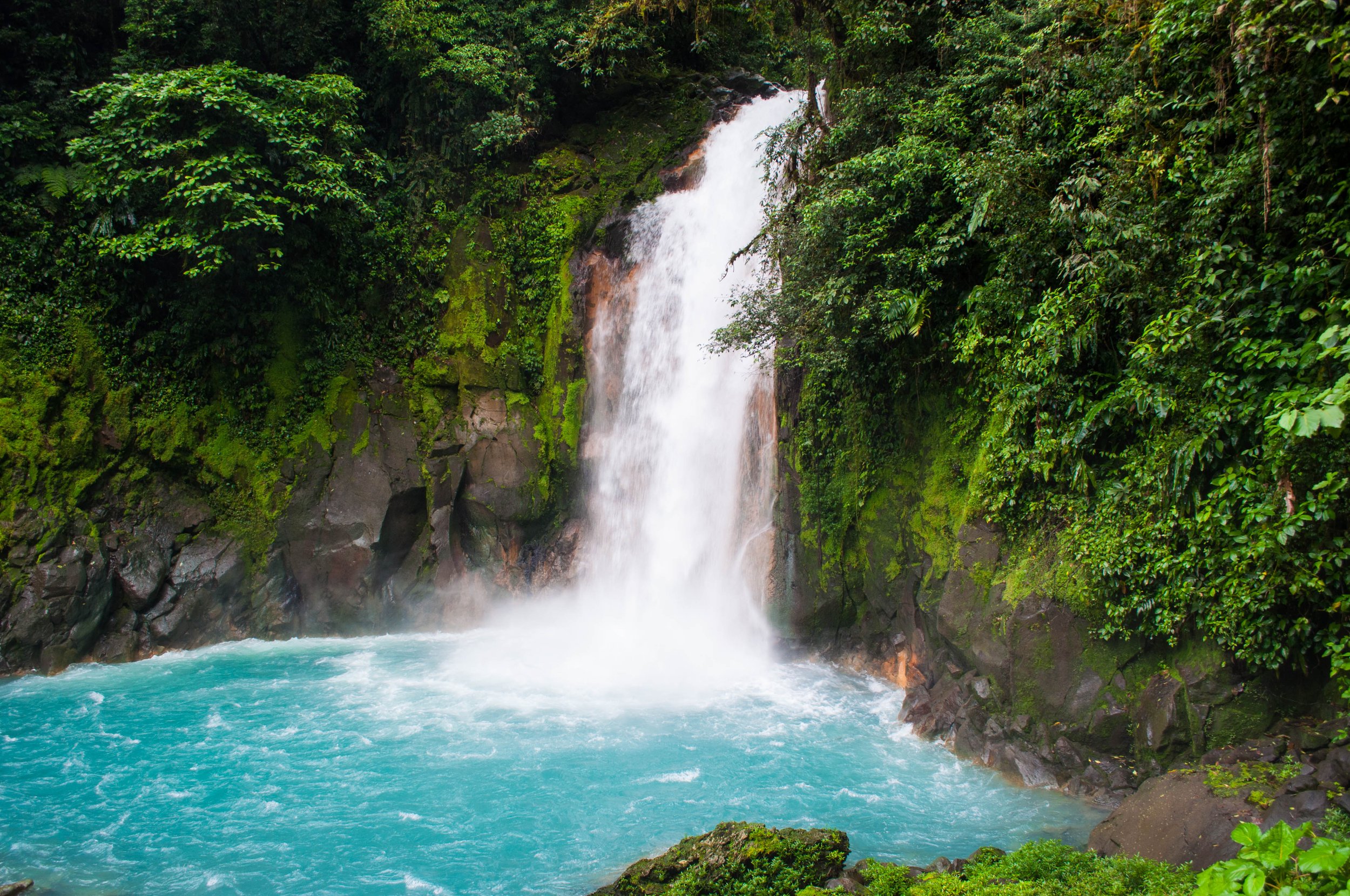



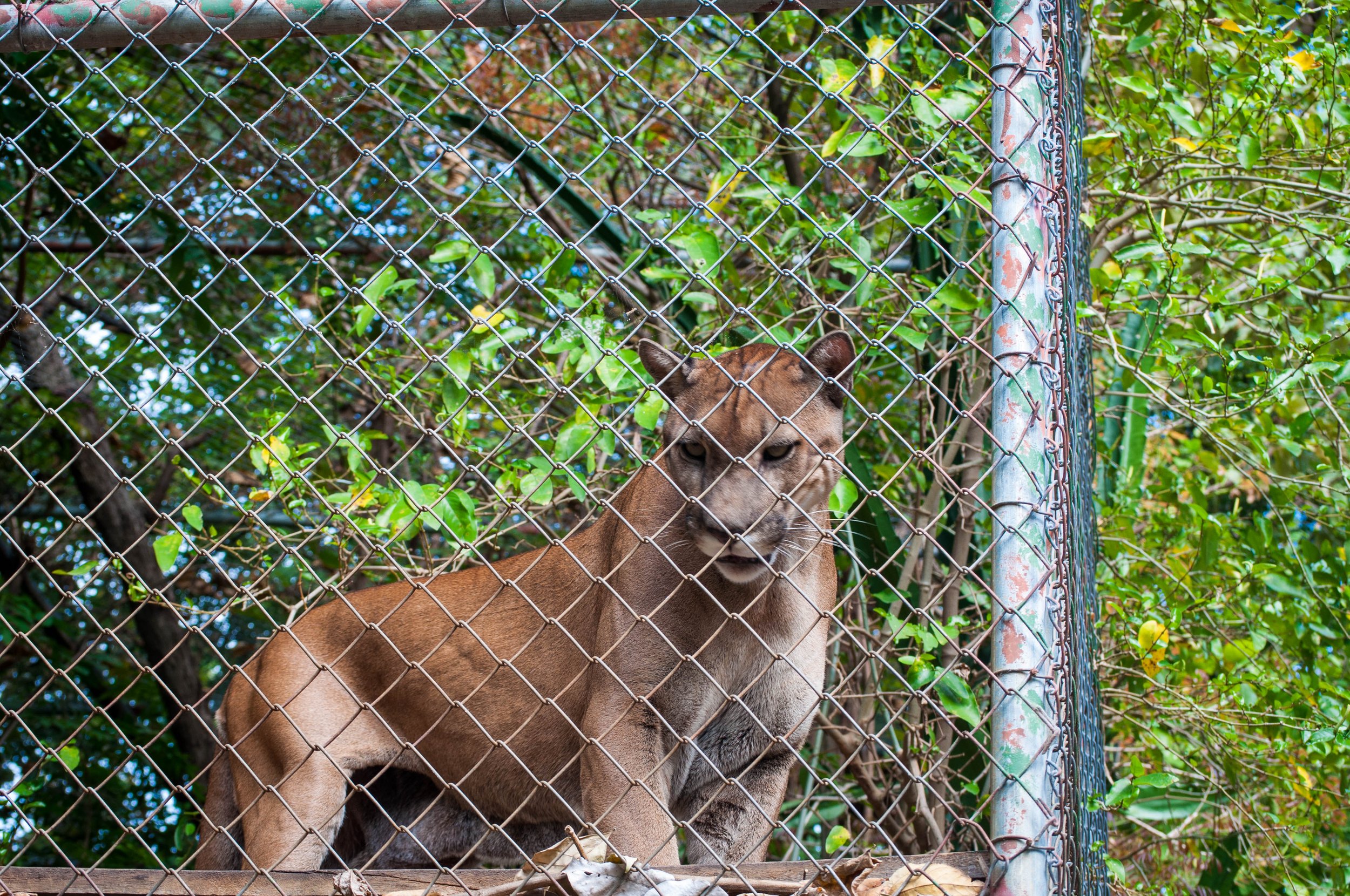
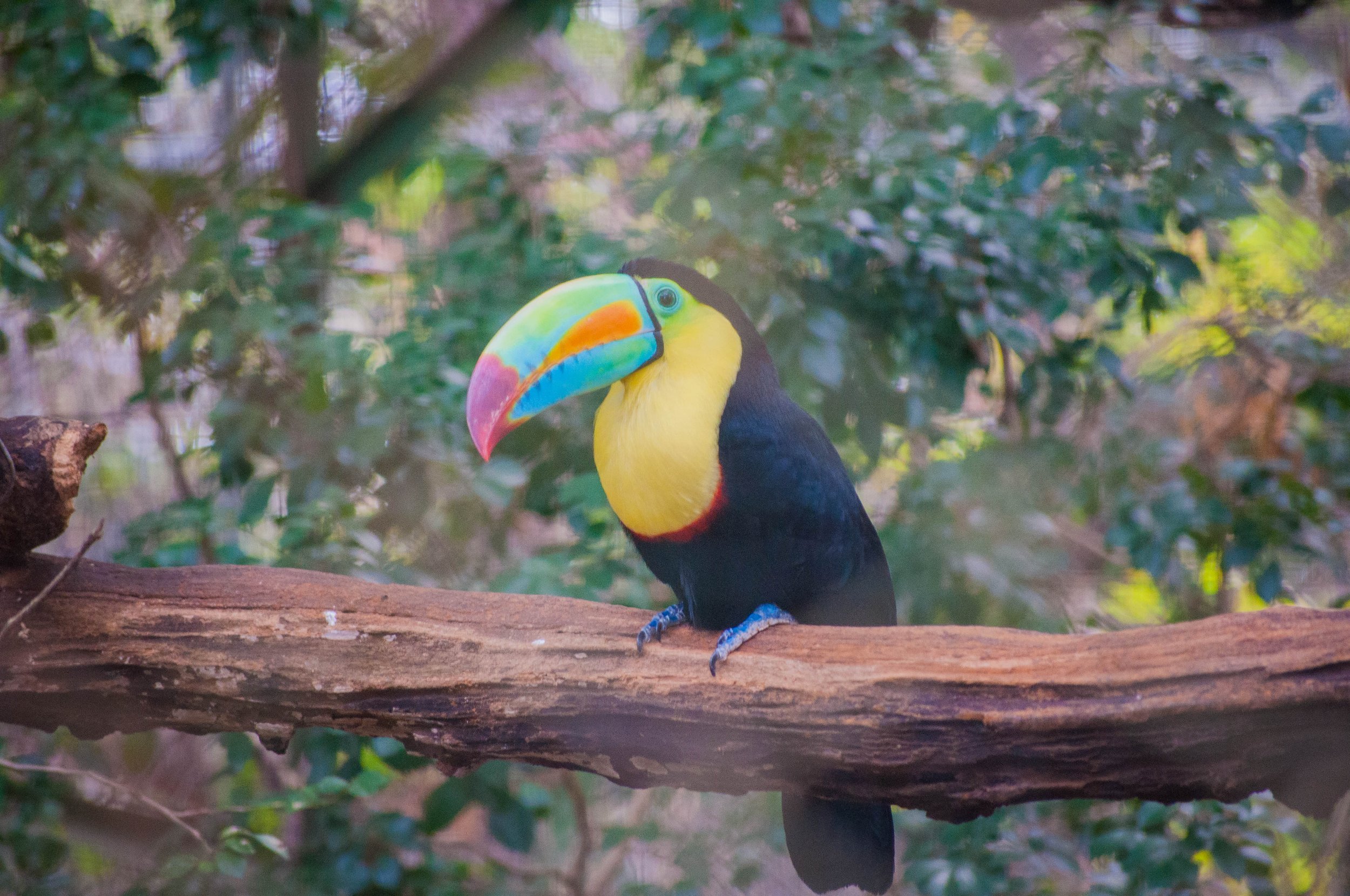




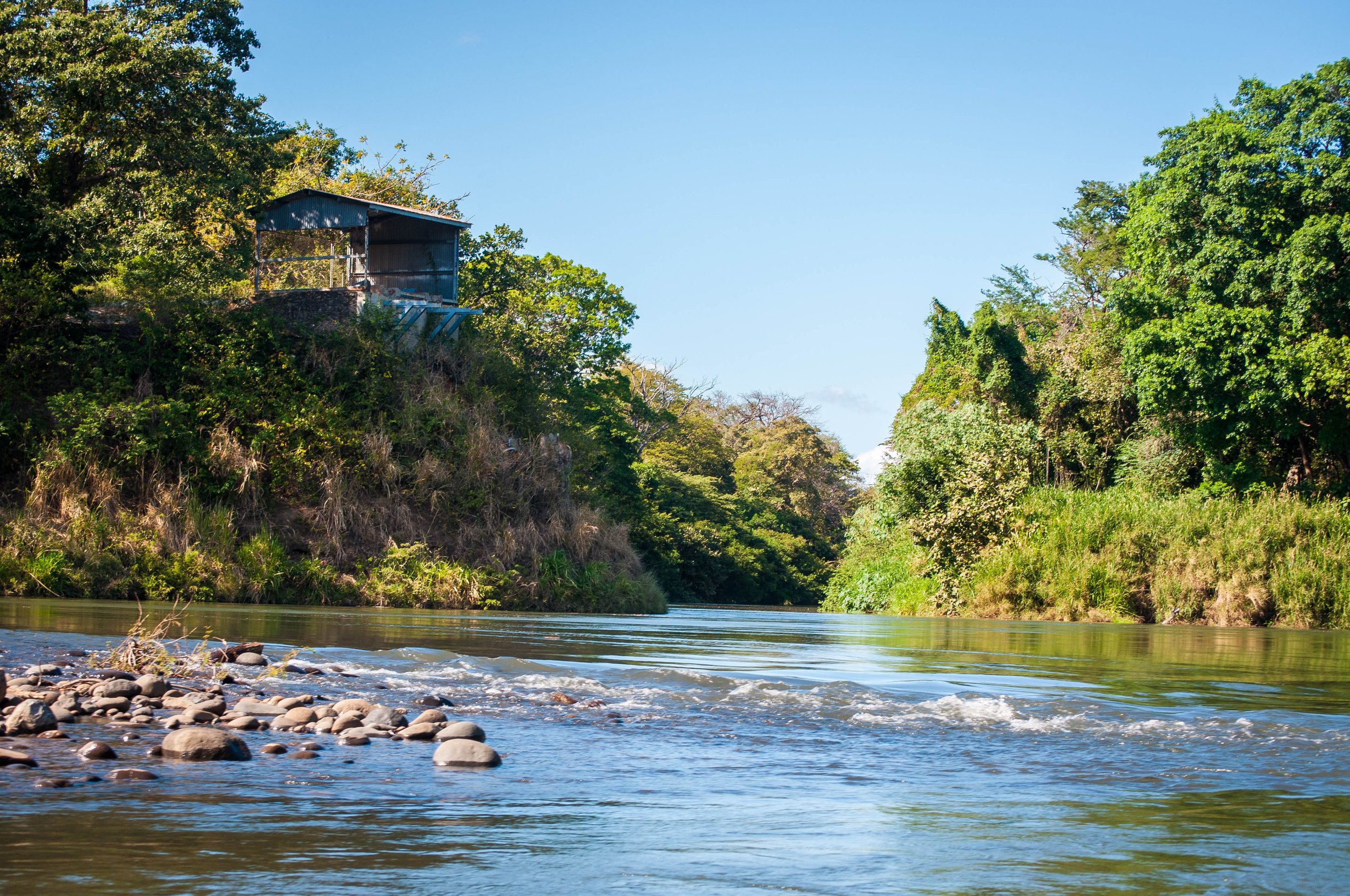
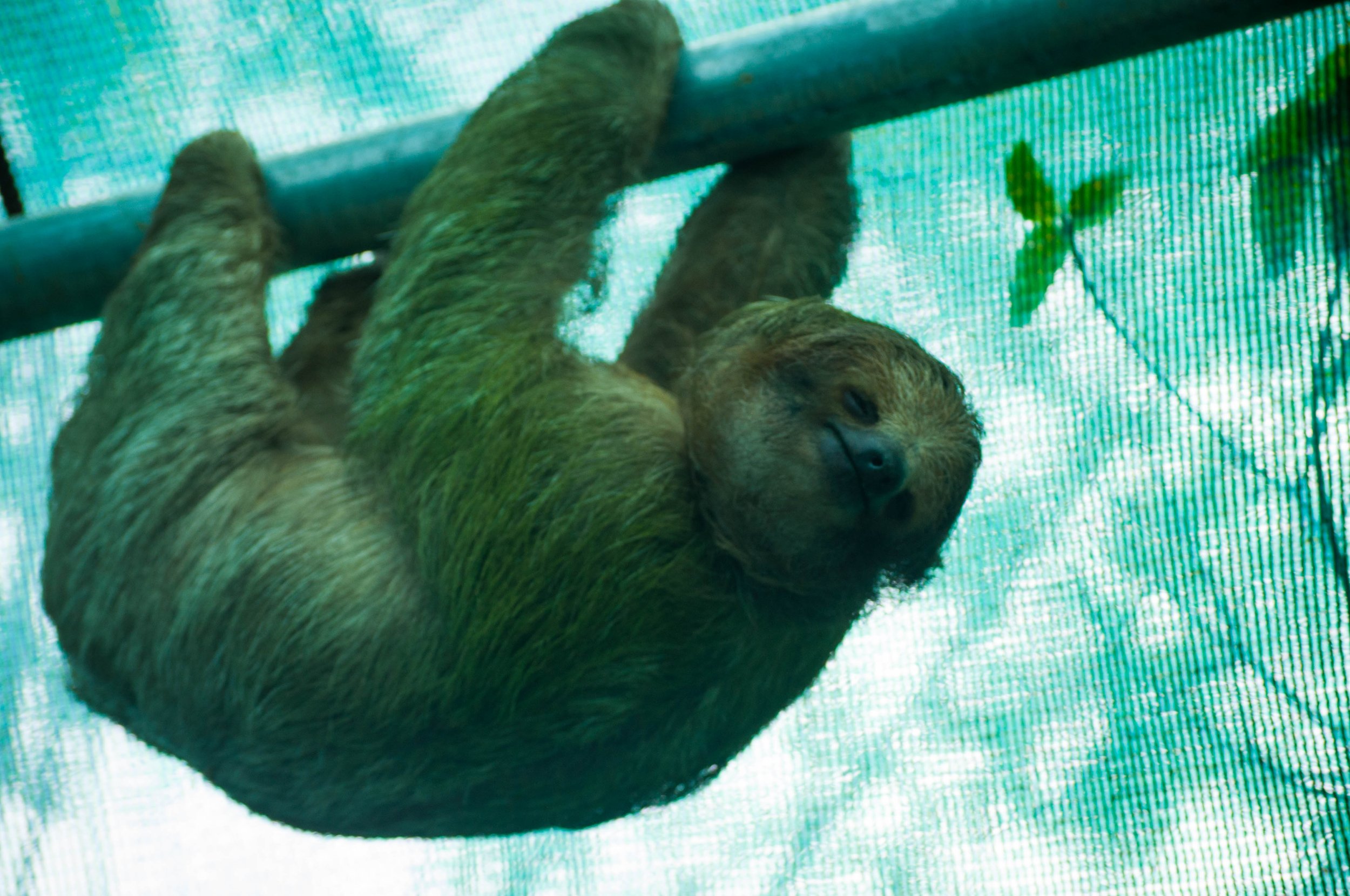









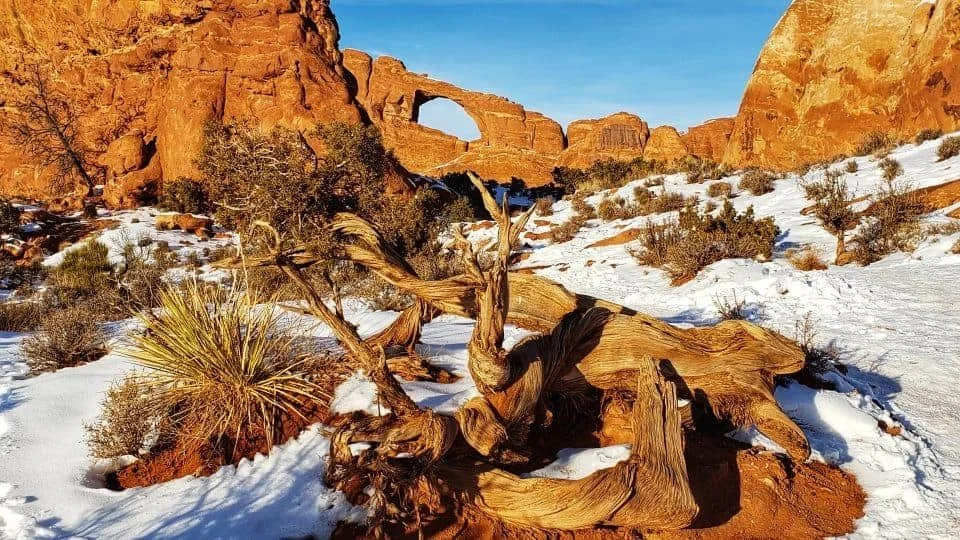


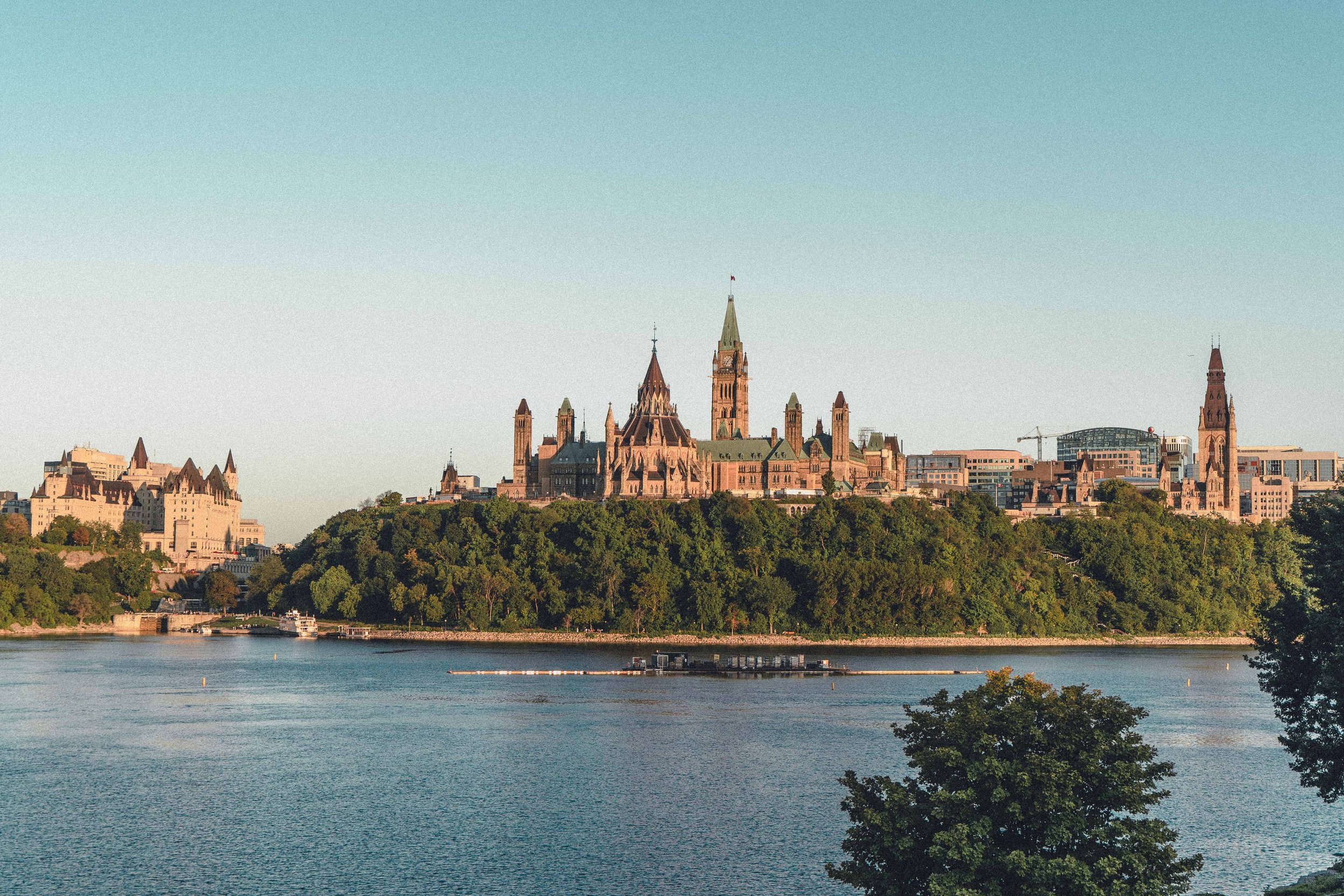
December is a magical month to travel, offering both festive holiday vibes and warm escapes. For winter lovers, snowy landscapes and Christmas markets bring cozy cheer. For those seeking sun, there are tropical beaches and vibrant cultures to explore. This guide highlights the best countries to visit in December, from snowy wonderlands to sunny retreats, each offering unforgettable experiences.